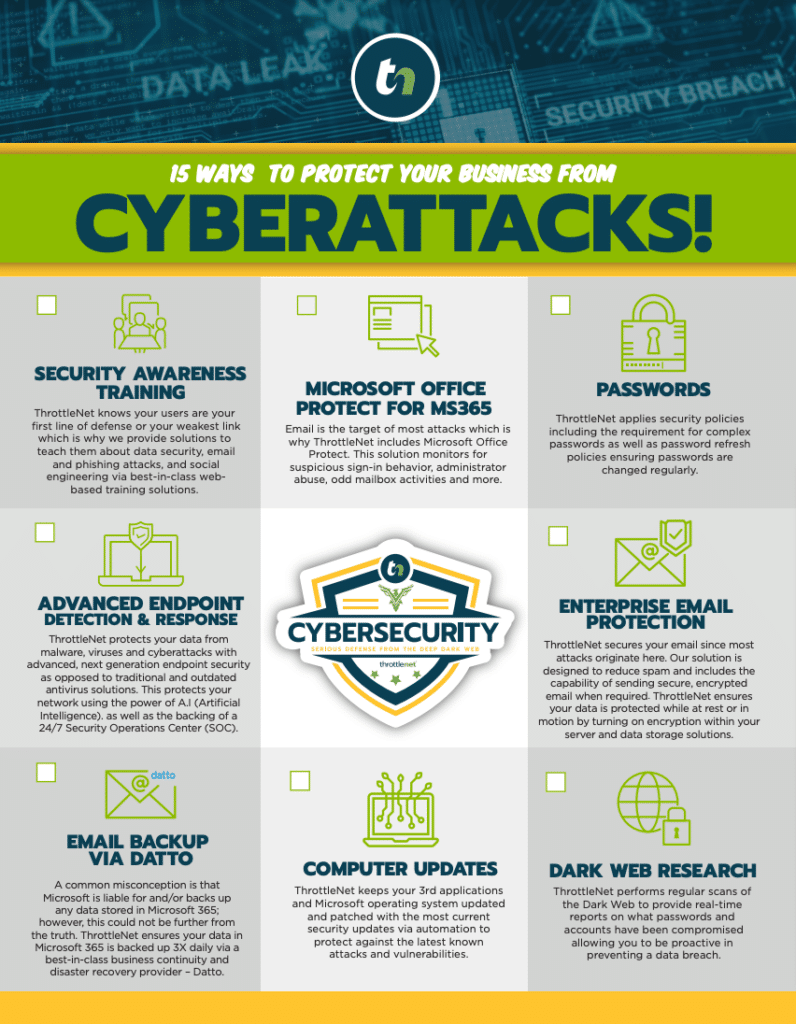Just for Fun: Events That Helped Shape the Internet
The Internet as we know it today (to some extent) has been around for about 25 years. The result of some visionary thinking by people in the early 1960s who saw the potential value in allowing computers to share information on research and development, the Internet has developed into an intricate information center that connects people with millions of pages of information from all around the world. What brought the Internet from a simple, shared network used by researchers to complex and virtual landscape we see today?
Graphical User Interface (GUI)
In 1984, Apple began incorporating clickable icons and other graphic tools in their Mac computers. Before that, most computer displays were blinking lines of text. Later, Microsoft’s Windows took GUI (pronounced “gooey”) to computer users everywhere.
E-Mail
Rather than waiting up to a week to receive snail-mail from a client or remote business partner, tech’s created their own version of the Pony Express. Programs such 1988’s Eudora made e-mail easy to use. Inboxes have been filling up ever since with about 97 billion e-mails sent each day.
World Wide Web
In 1989, British engineer Tim Berners-Lee proposed the idea of user-friendly “Web pages” that could travel over the Internet. The idea took off. According to a 2001 study, more than 550 billion documents were on the Web. Of those billions of documents today, about 110 million are operating Websites – mostly commercial in nature.
AOL
In the 90s, America Online (AOL) turned people on to Web portals, instant messaging and chat rooms. In the beginning, subscribers had to pay an hourly fee to use the service. At one point, AOL had 35 million subscribers.
Yahoo!
In 1994, Stanford University graduate students David Filo and Jerry Yang created Yahoo! Sixteen years later; it remains an Internet favorite for e-mail, photo sharing and other services.
Instant Messaging
In the mid-90s, Web users began instant messaging with the launch of ICQ and AOL Instant Messenger. Instant messaging has lead to a new online lingo (LOL, JK, BRB), and maintains its popularity with millions of users.
Mosaic/Netscape
The first widely-used Web browser known as Mosaic was created by Marc Andreessen in the early 90s. The spin-off Netscape Navigator came about a few years later and was popular until Microsoft launched Internet Explorer in 1998.
Broadband
High-speed Internet services, known as broadband, became the solution to the slowness of old school dial-up in the 90s. In 1998, only about 1 percent of the nation’s Internet users had broadband. Today, about 78 percent of users have said goodbye to dial-up.


